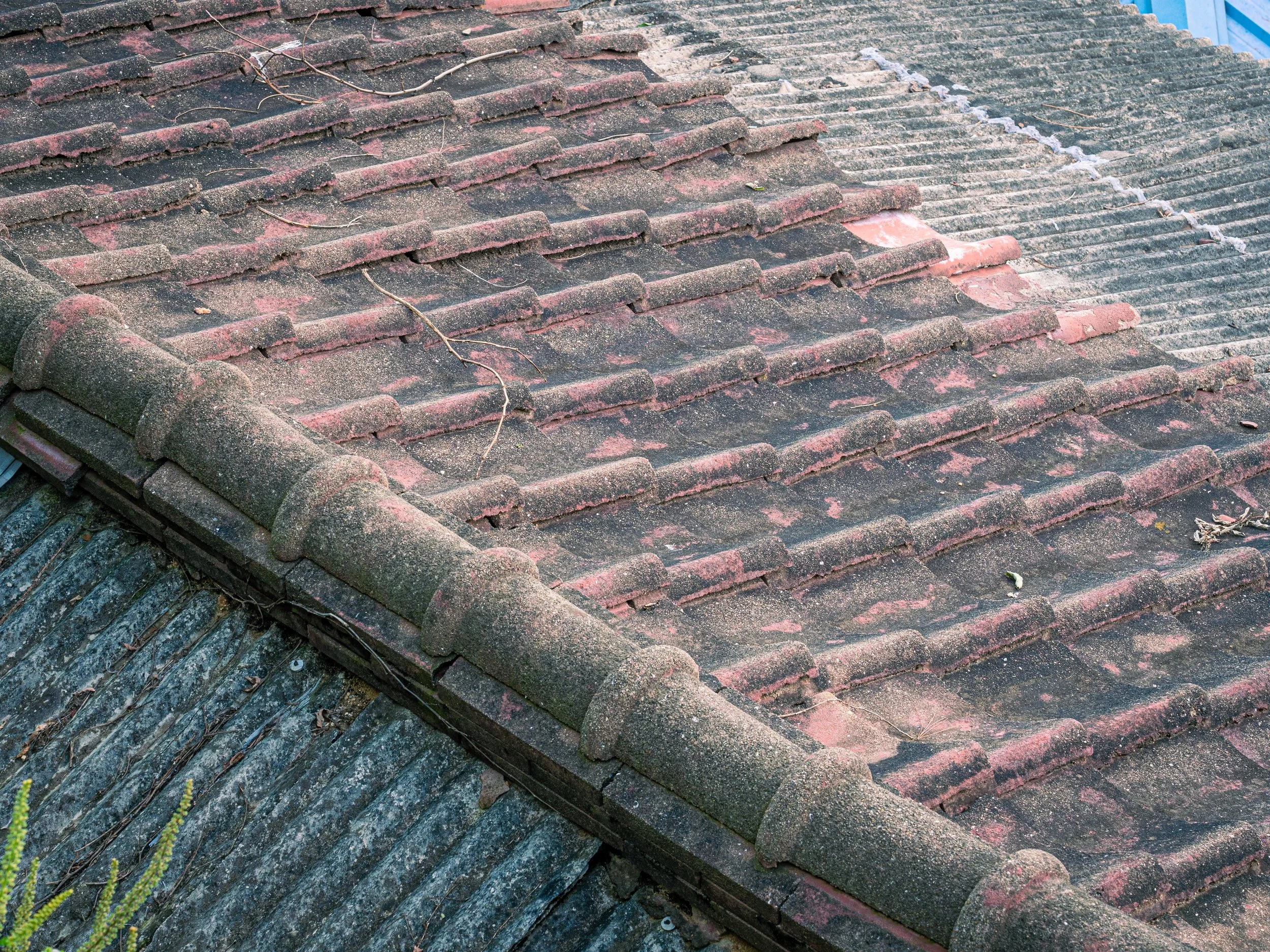Emergency Roof Repair 101: How to Prep for Impromptu Repairs
The roof of your garage may not be the first thing that springs to mind when you think about home maintenance. But a well-kept roof can make the difference between a safe, dry garage and a disaster waiting to happen. So, what's the best material for a garage roof? Let's dive in.
The Risks of Ignoring Roof Damage
Immediate and Long-Term Consequences
Ignoring minor roof damage can have significant effects. Little problems, like a small leak or a cracked shingle, can turn into big issues. You could end up with water damage, mold, or even structural damage if these issues are not fixed promptly.
Financial Implications
Not addressing roof damage can also hurt your wallet. Small repairs that are left unattended can turn into expensive projects down the line. Instead of paying for a small fix, you could be facing the cost of a whole new roof.
Identifying Signs of Roof Damage
Understanding Roof Lifespan: Different roofs have different lifespans. For instance, a metal roof can last 50 years or more, while a roof made from asphalt shingles typically lasts 20 to 25 years. Knowing your roof's lifespan can help you plan for replacement.
Common Indicators of Roof Damage: Some signs of roof damage are easy to spot, like leaks or discolored patches. Others, like sagging or a sudden increase in energy bills, may be less obvious. It's crucial to keep an eye out for these signs to address them quickly.
Professional Inspection: While some signs of roof damage can be spotted by homeowners, others require a trained eye. That's where professional roofers in Princeton, NJ, come in. Regular inspections can identify potential problems before they become major headaches.
Emergency Roof Repairs: How to Prepare
Essential Tools and Materials: Having the right tools on hand is crucial for DIY roof repairs. A good ladder, a roofing hammer, roofing nails, a pry bar, and a utility knife are essential.
Basic Roof Repair Skills: Knowing how to replace shingles, patch small leaks, and clean gutters can help homeowners handle minor repairs. But remember, serious problems need professional attention.
Safety Measures: Safety is crucial when working on roofs. Always have someone spot you when climbing ladders, wear shoes with good grip, and use safety harnesses if needed.
Again, hiring professional roof repair contractors is the safest option. Not only do they have the tools and expertise to handle repairs, but they also follow safety protocols.
Quick Guide for Common Emergency Roof Repairs
Leaky Roofs: Find the leak source inside the attic, typically above the wet spot on the ceiling. On the roof, remove damaged shingles, apply roofing cement, and replace the shingles.
Loose or Broken Shingles: Gently remove the damaged shingle using a pry bar. Apply roofing cement to the back of the new shingle and press it into place. Secure with roofing nails.
Sagging Roofs: Minor sagging can be fixed by adding more support like a brace or a beam. However, major sagging indicates structural issues and warrants professional help. Always prioritize safety and professional advice in serious cases.
Gutter Blockages: Blocked gutters can cause water to overflow and damage your roof. Clean them regularly, especially during fall when leaves are likely to clog gutters. Use a sturdy ladder, gloves, and a scoop to remove debris.
Cracked Flashing: Flashing around chimneys or vents can crack over time. Remove old flashing, clean the area, apply roofing cement, and install new flashing.
Ice Dams: In winter, ice dams can form at the roof's edge, preventing melting snow from draining. Use a roof rake to safely remove snow and consider adding better insulation to prevent future dams.
When to Call a Professional Roofer
While certain minor roof repairs can be safely managed by homeowners with the right knowledge and tools, there are specific scenarios when you should definitely reach out to a professional roofer:
Major Leaks: While a small leak might be easy to patch up, larger leaks often require more advanced skills and equipment. A professional roofer can accurately identify the source of the leak and provide a lasting solution.
Structural Damage: Any signs of structural damage to your roof, such as sagging, are cause for immediate professional attention. Structural damage can pose a significant risk to your home's safety and typically involves complex repairs.
Roof Replacement: Replacing a roof is a large, labor-intensive project that demands professional expertise. Improper installation can lead to a host of problems, including leaks, poor insulation, and a shortened lifespan for your roof.
Mold and Rot: If you notice signs of mold, rot, or water damage, call a professional immediately. These issues indicate significant water infiltration that needs addressing promptly to prevent further damage and health hazards.
Roof Lifespan: If your roof is nearing the end of its expected lifespan (typically 20-25 years for asphalt shingles, 50 years for metal roofs), it's wise to call a professional for an inspection. They can assess the overall condition and advise if it's time for a replacement.
After Severe Weather: After events like a major storm, hail, or strong winds, it's a good idea to get your roof professionally checked. Even if you can't see visible damage, there may be hidden issues that could cause problems down the line.
When Safety is a Concern: Working on a roof can be dangerous due to the height and potential slip hazards. If you're uncomfortable or unsure about performing a repair safely, it's best to call a professional.
Calling a professional roofer in these situations can save you time and stress while ensuring that your roof is safe, functional, and able to protect your home from the elements.
Key Takeaway
Your garage roof plays a crucial role in protecting your home and belongings. Regular maintenance, timely repairs, and knowing when to call in professionals can help keep it in good shape for years to come. Whether you're repairing a leak or replacing shingles, remember to prioritize safety and seek professional help when needed.













